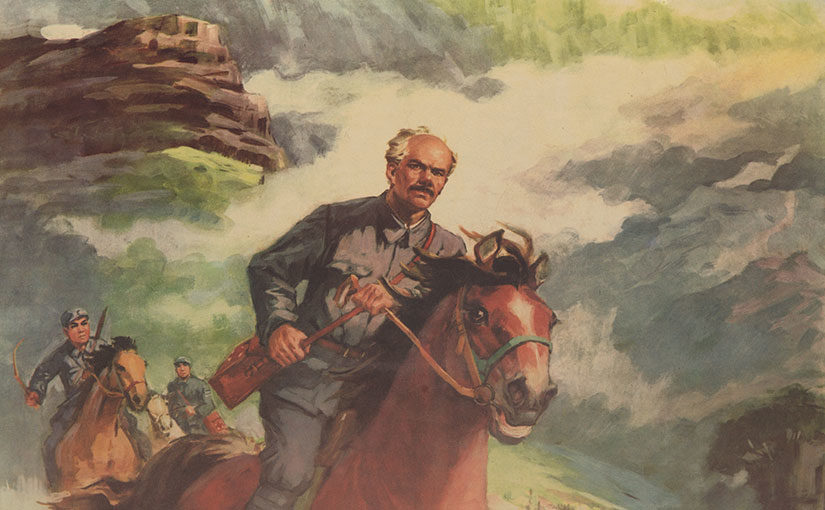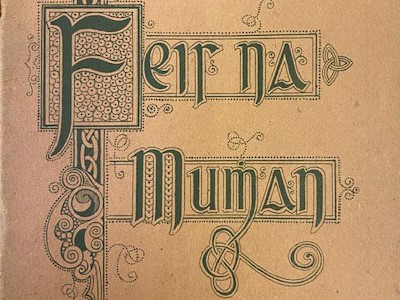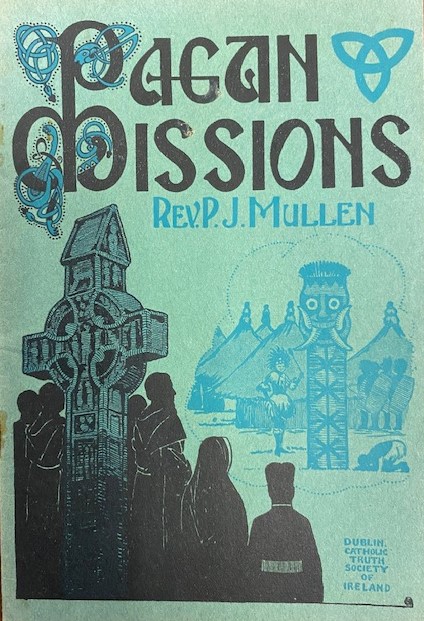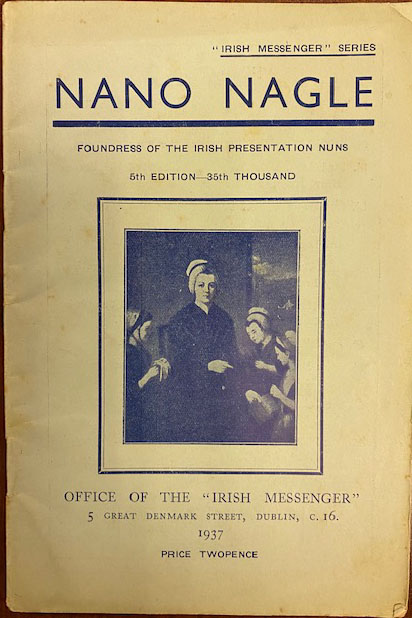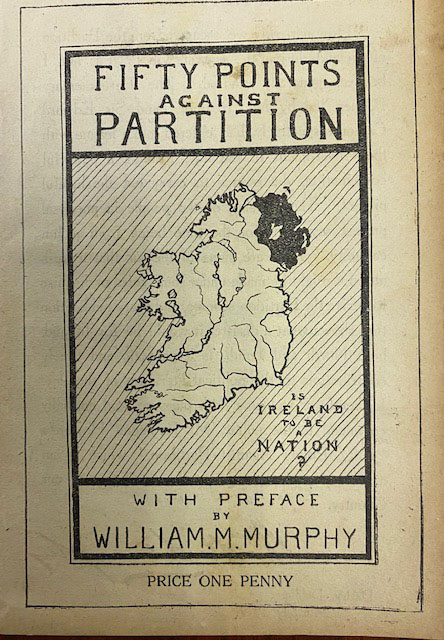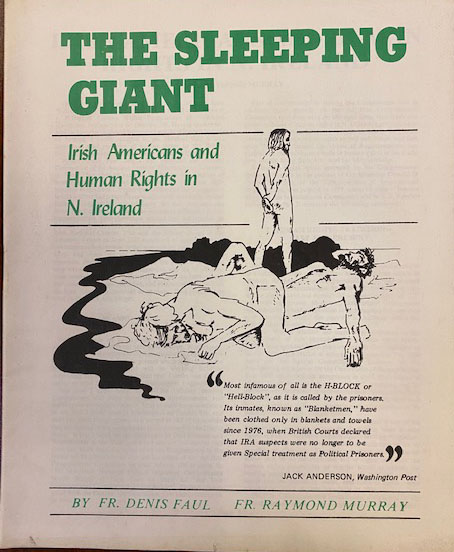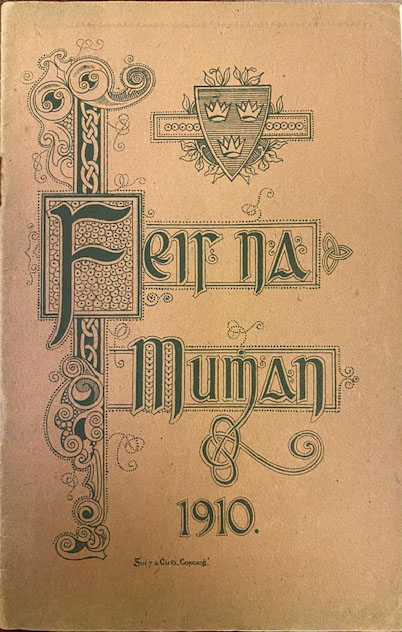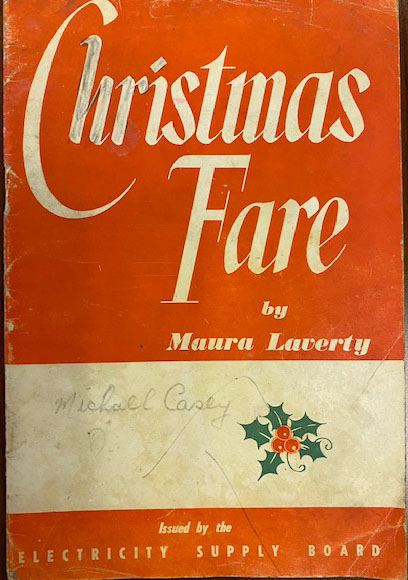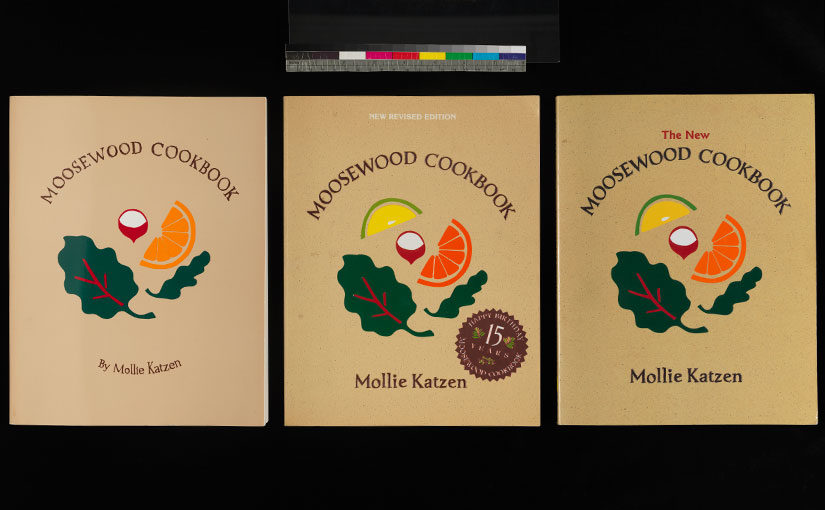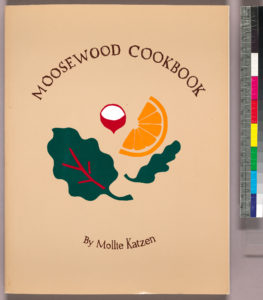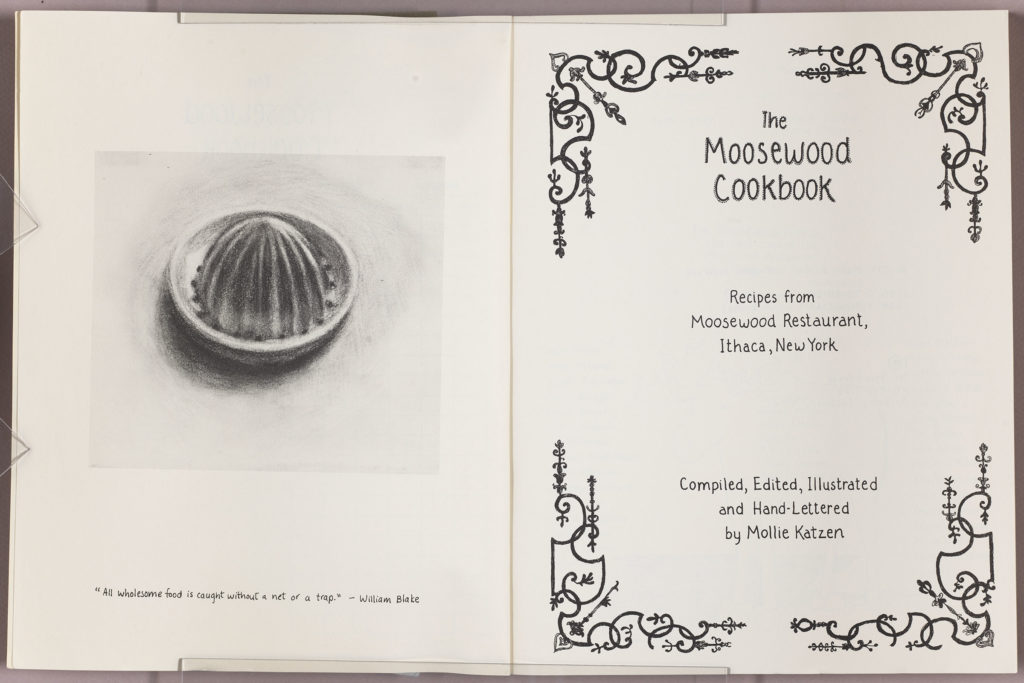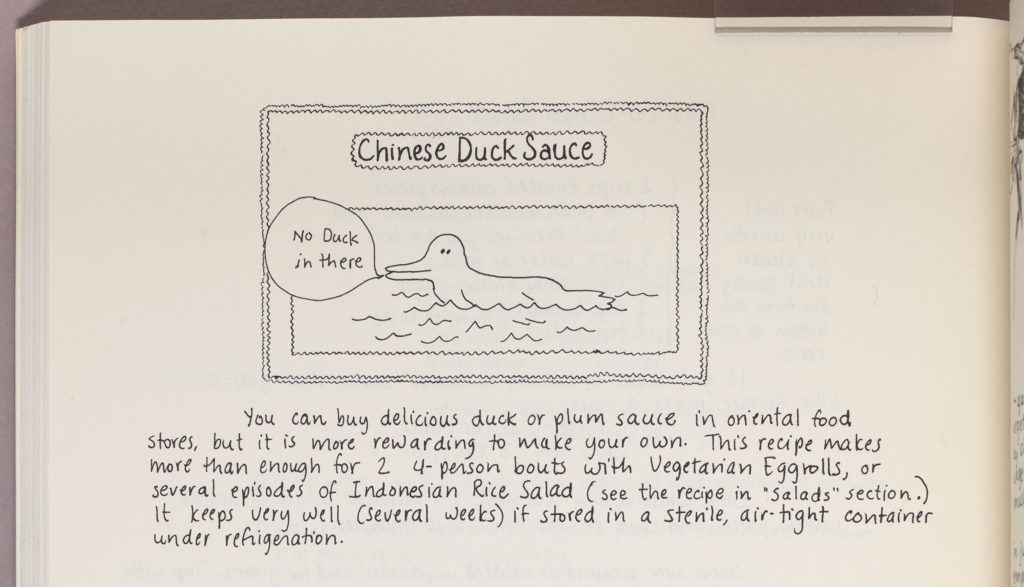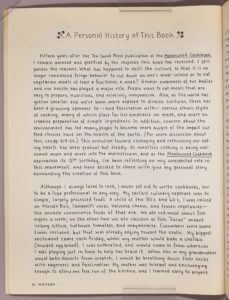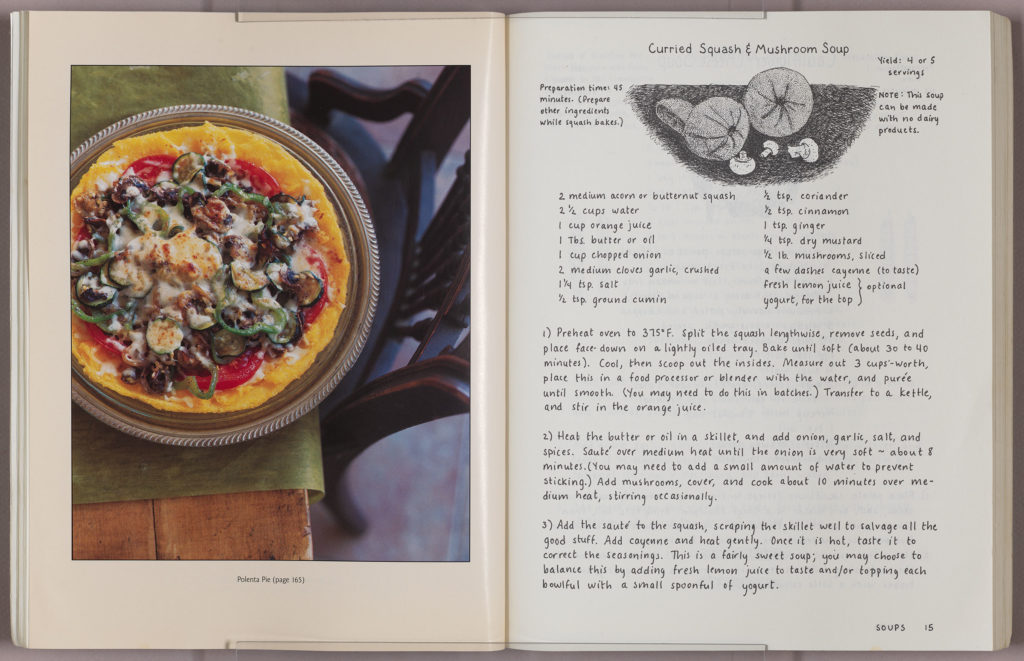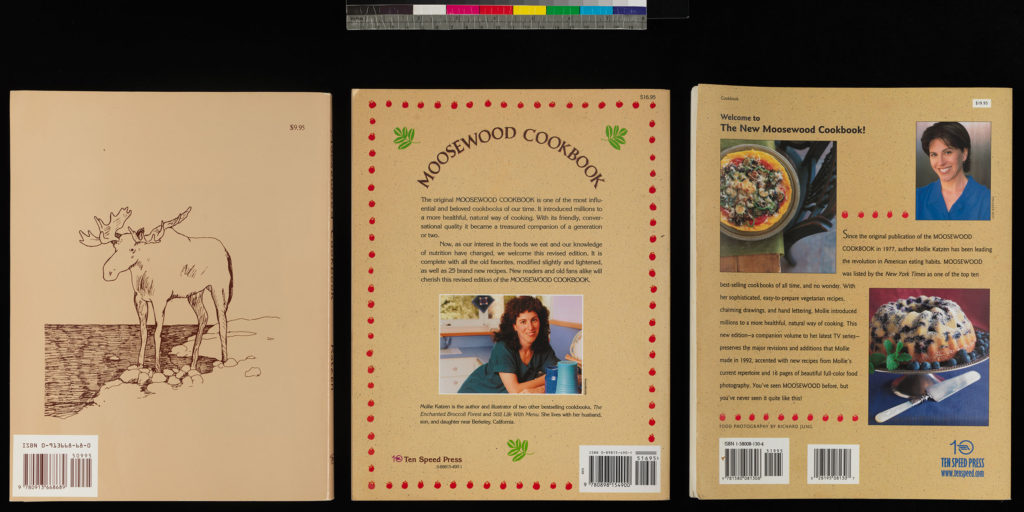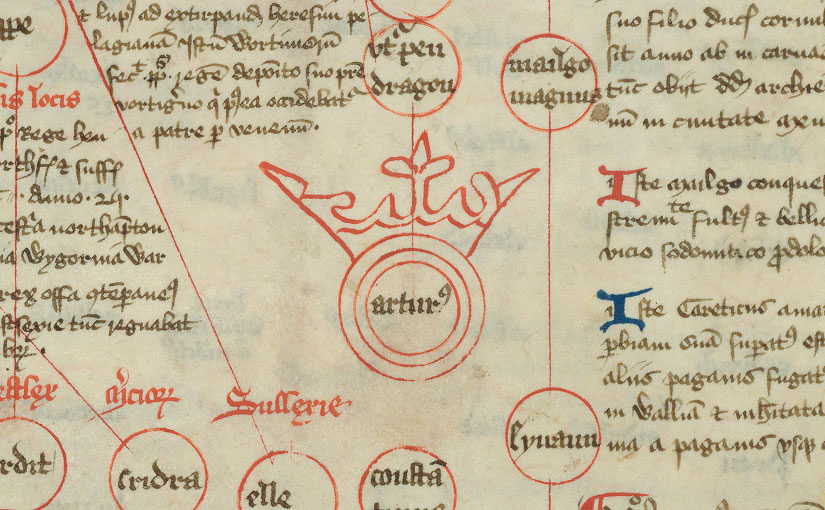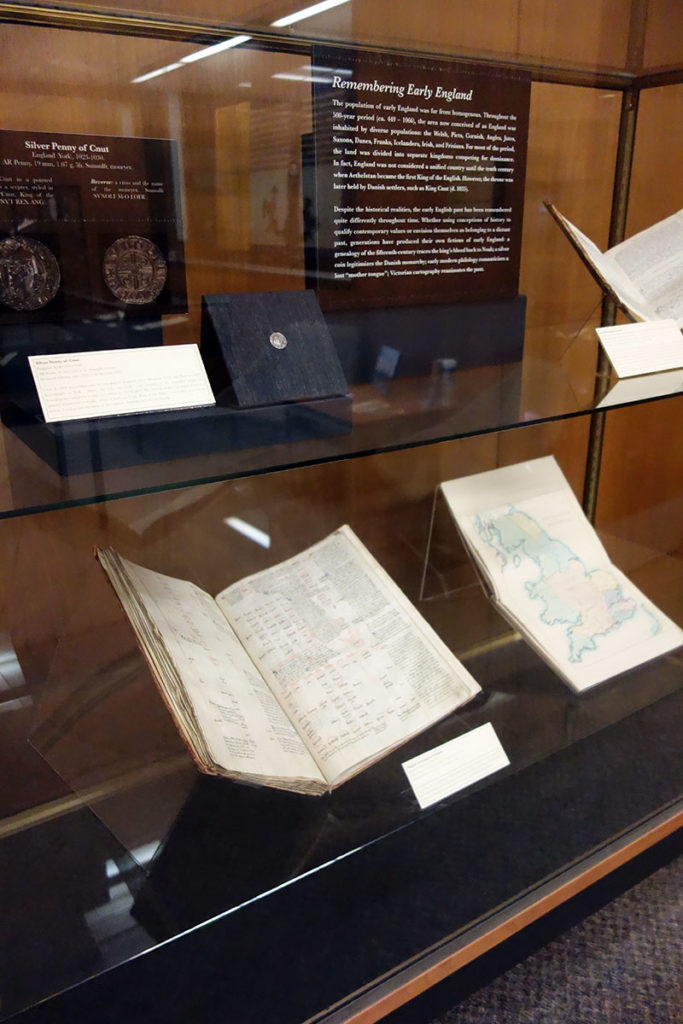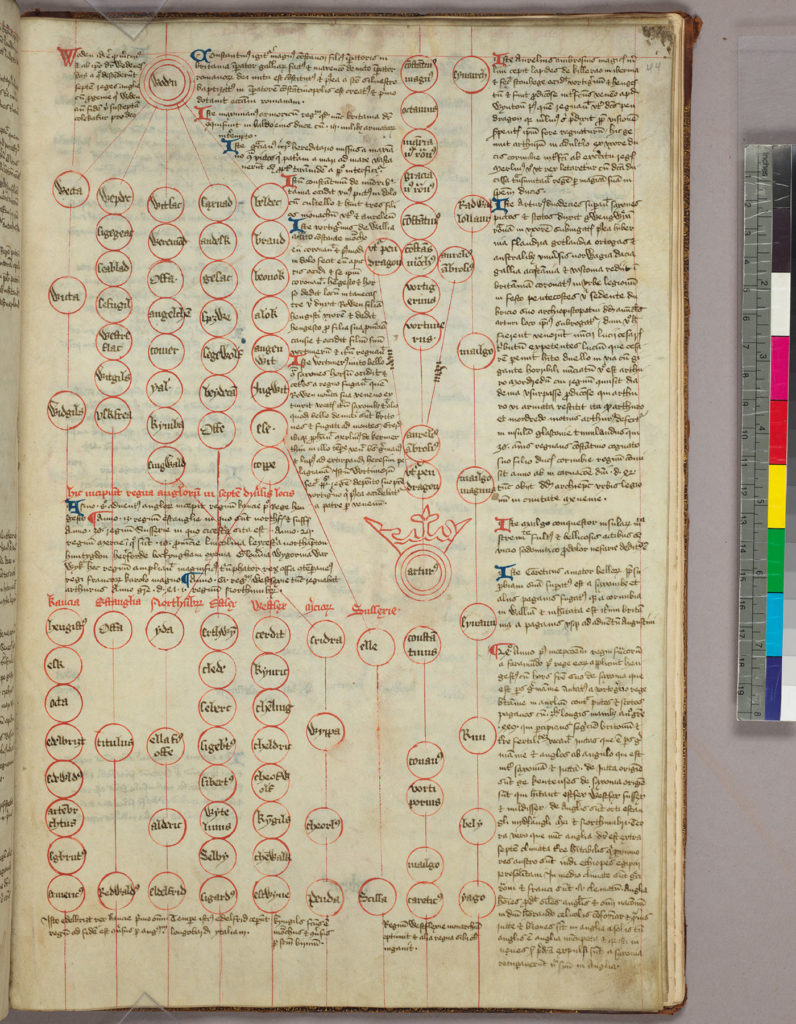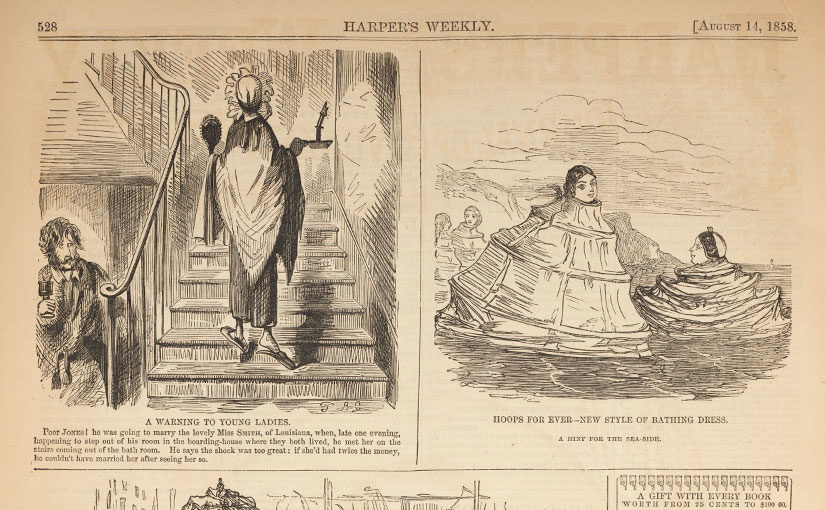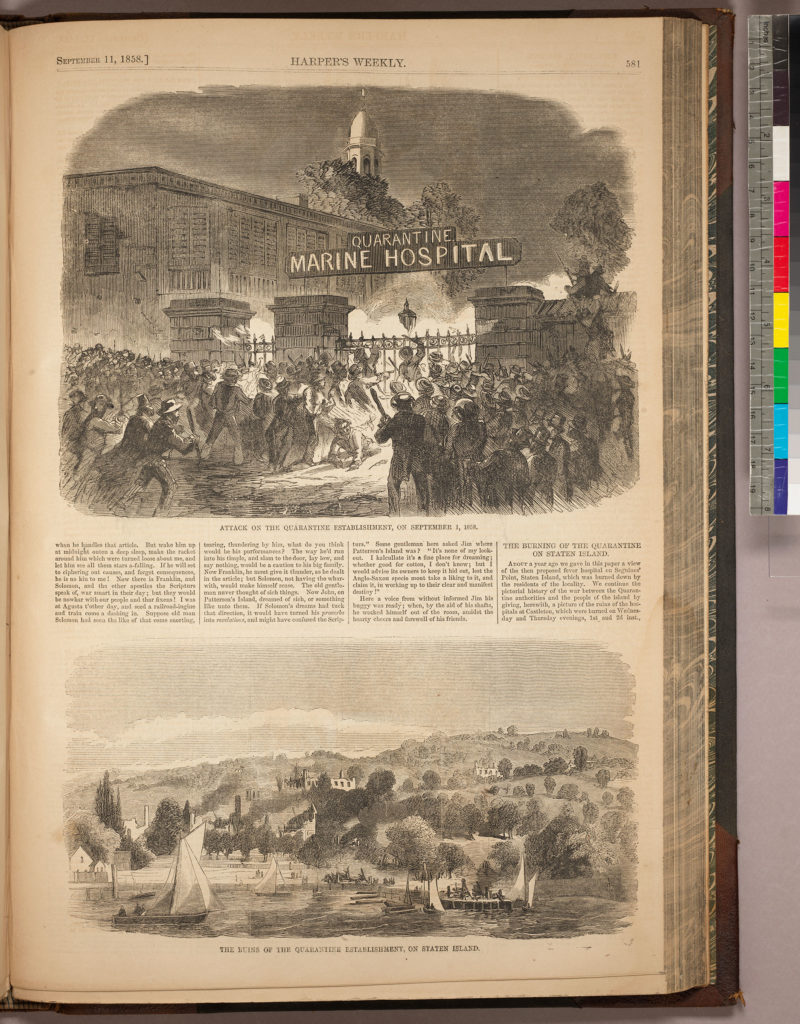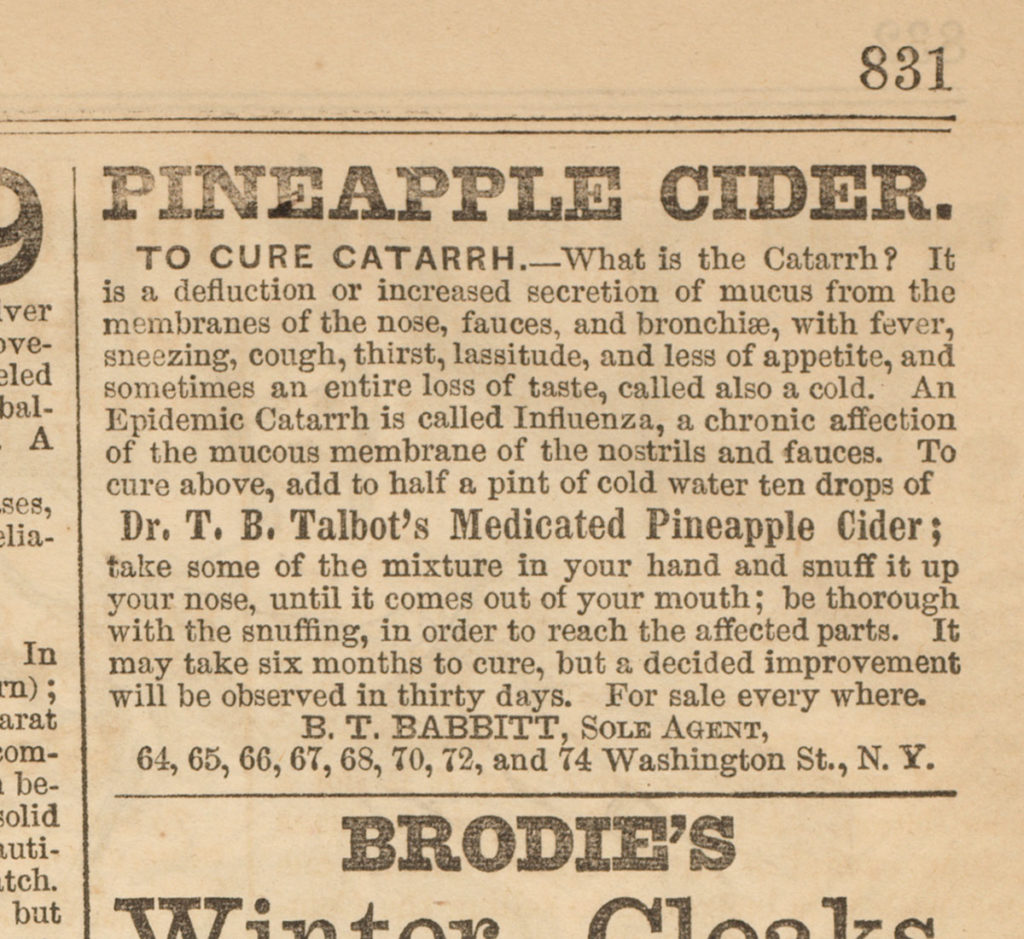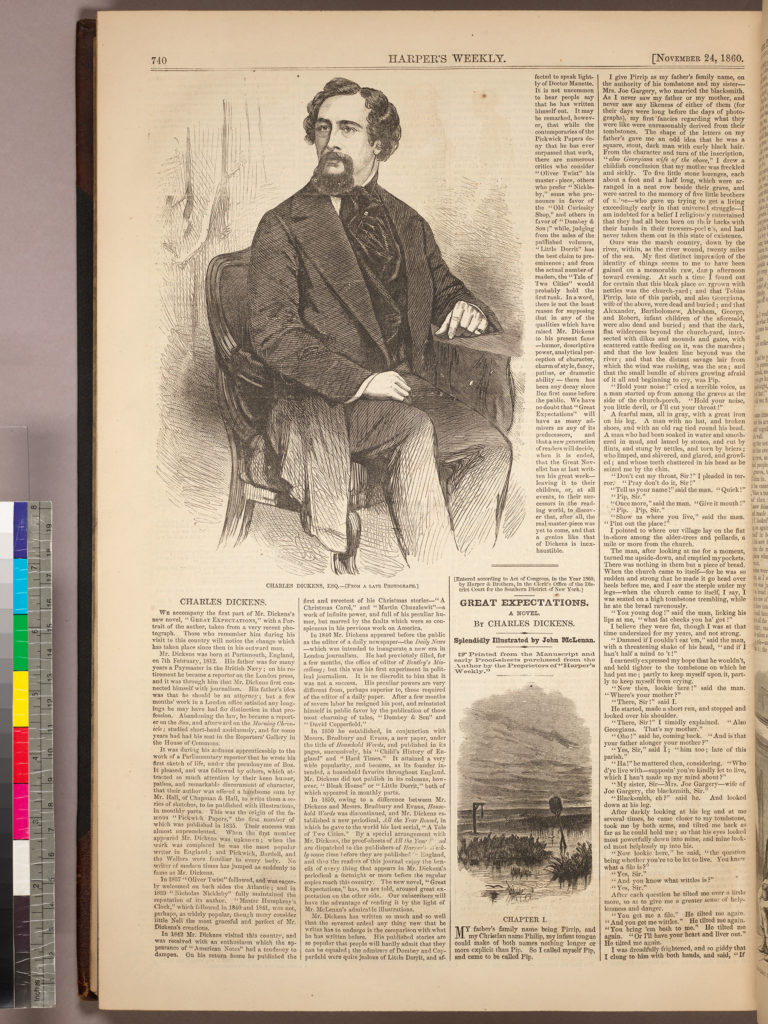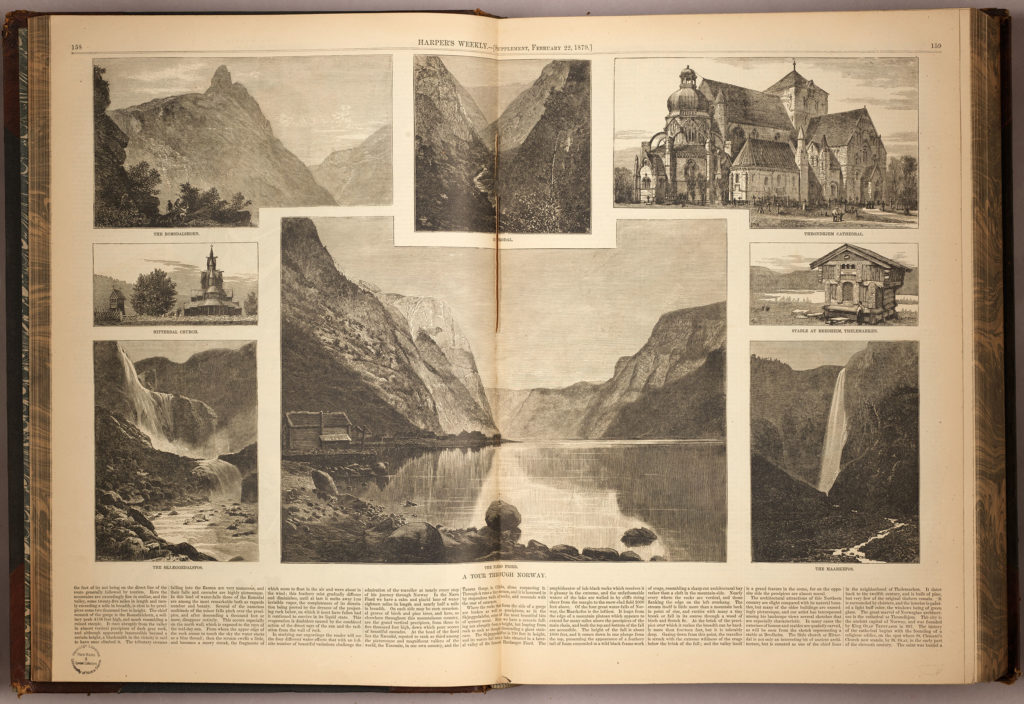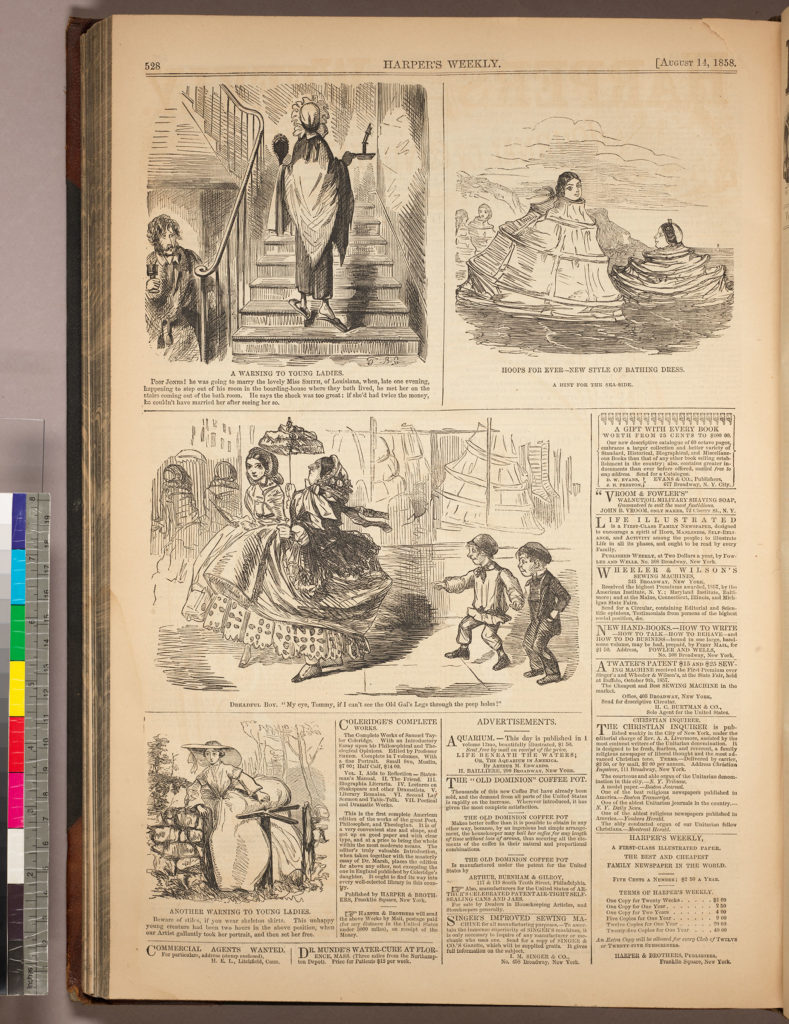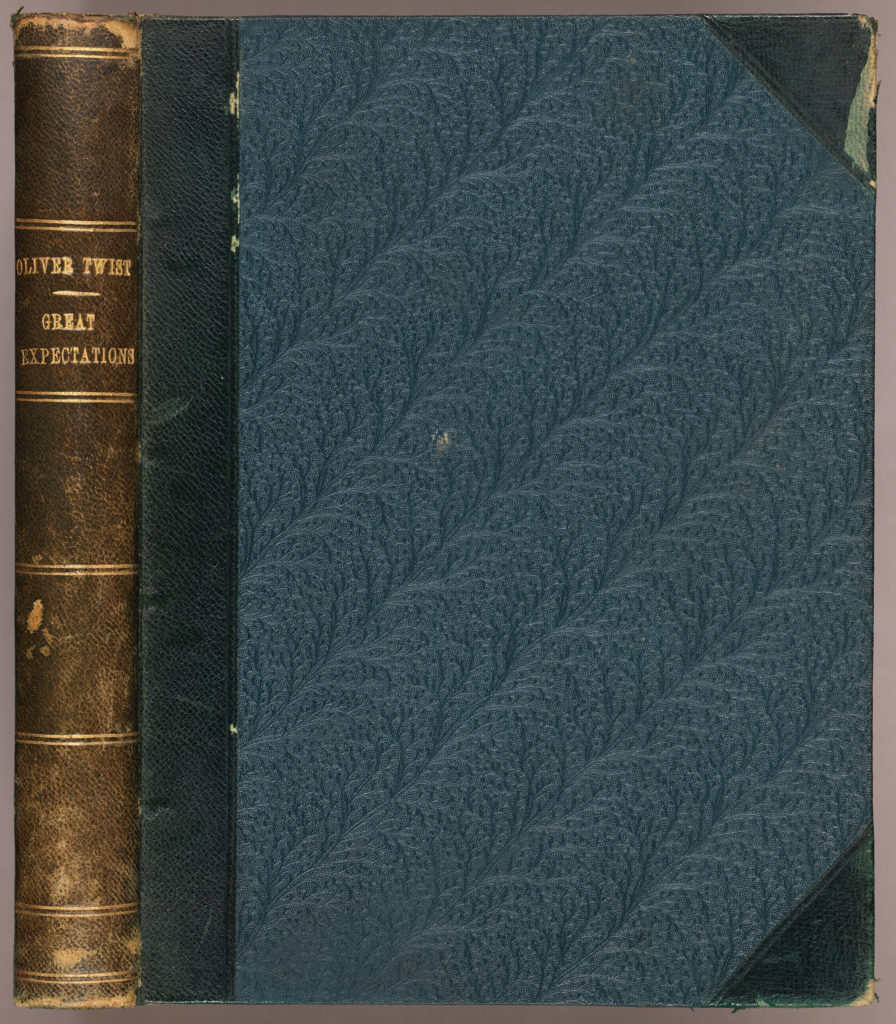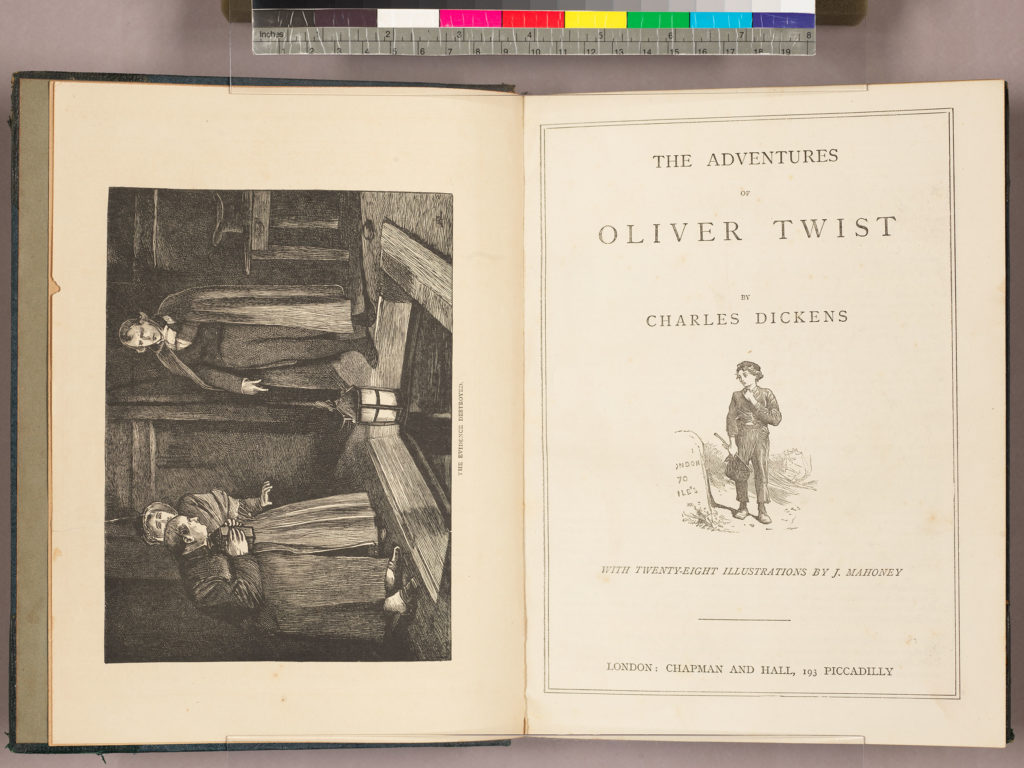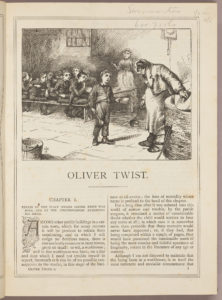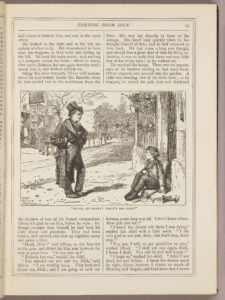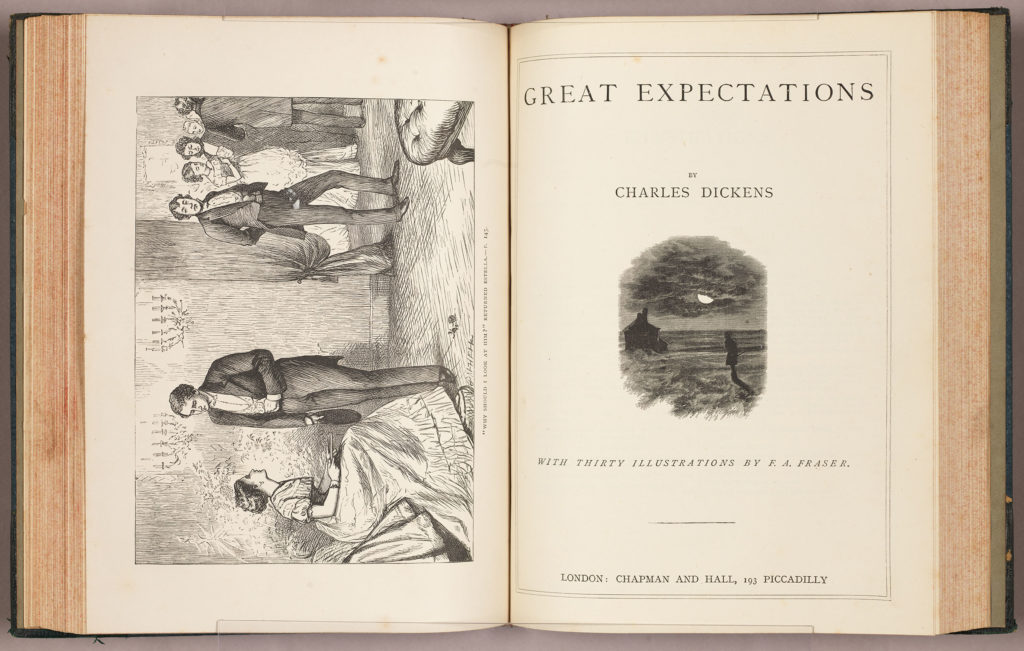by Hye-jin Juhn, East Asian Studies and Metadata Librarian
Some RBSC visitors have asked about the Westerner in the Eighth Route Army uniform, who appears in two Cultural Revolution posters in the Keating Collection (EPH 5061).
He was Norman Bethune (1890-1939), a “surgeon, communist, humanitarian” from Canada, who volunteered to participate in three foreign wars outside of his home country. His role was not to fight and kill, but to treat the wounded and save lives.
In World War I he was a stretcher bearer of the Royal Canadian Army Medical Corps. In the Spanish Civil War he organized and operated the Canadian Blood Transfusion Service, providing blood to the frontline wounded—an innovative concept that had not been tried before.
In late 1937, at the start of the Second Sino-Japan War, he joined the Communists’ side of the United Front, and was stationed in the Jin-Cha-Ji Border Area. According to his letters and reports, in the area of 130 million residents and 150,000 armed troops, he was the only qualified doctor. He again organized and operated mobile medical units, providing a medical care for the villagers in need, and training local medical staff. He started a medical school, and wrote books with hand-drawn illustrations on how to treat battle wounds. Lacking trained personnel and resources, he reportedly performed 110 operations in 12 days. When surgical gloves became unavailable, he operated bare-handed.
In spite of the challenging circumstances he was in, in his August 1938 report, he wrote:
“It is true I am tired but I don’t think I have been so happy for a long time. I am content. I am doing what I want to do. Why shouldn’t I be happy—see what my riches consist of. First I have important work that fully occupies every minute of my time from 5:30 in the morning to 9 at night. I am needed. More than that—to satisfy my bourgeois vanity—the need for me is expressed…”
(Page 153, The Mind of Norman Bethune)
He died in November 1939 in a small village near Baoding in Hebei Province. The cause of death was septicemia, caused by an infection from a bare-handed surgery he had performed a few days earlier.
Bethune, or Bai Qiu’en 白求恩, his Chinese name, became one of the national heroes of China for his contributions to the defeat of the Japanese invaders and the founding of the People’s Republic of China. He was posthumously honored and eulogized by Mao Zedong. He became a popular role model during the Cultural Revolution. There are statues of Bethune found in parks, schools, and museums. The Norman Bethune Health Science Center of Jilin University was established to succeed his medical school in the Jin-Cha-Ji Border Region that had been destroyed during the war.
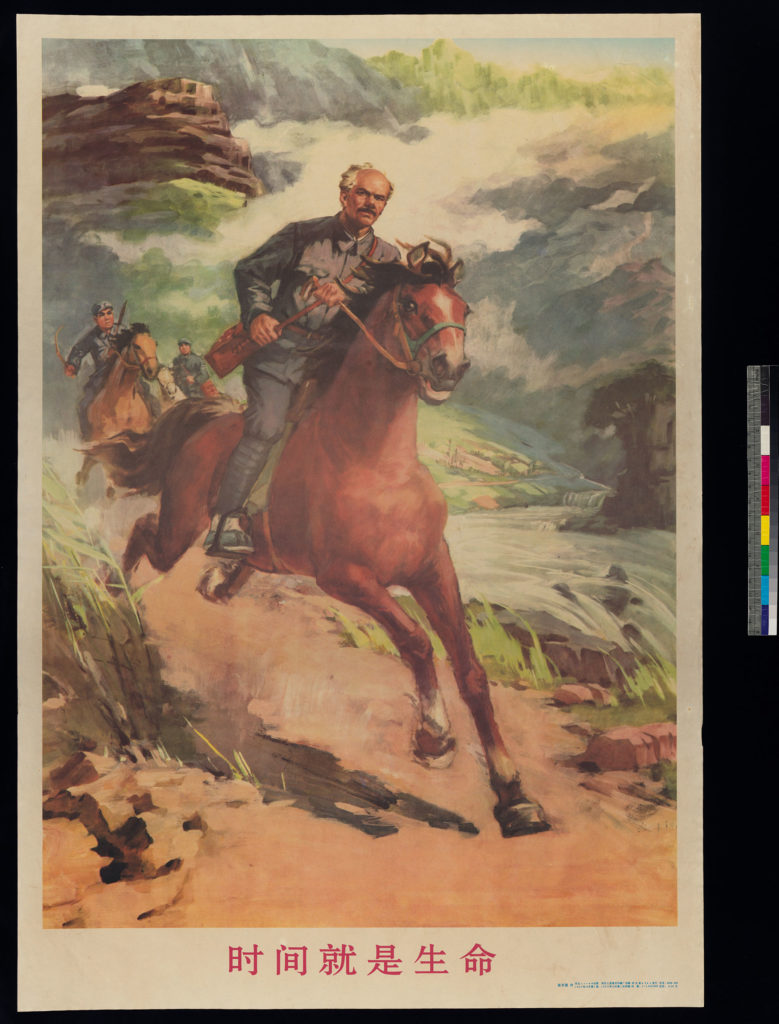
The first poster was printed by the Hebei People’s Publishing House in 1969. The original painting, by Zhang Xin’guo (张辛国, 1926-), is probably from the 1950s while Zhang was working for Hebei People’s Fine Arts Publishing House. The message at the bottom, “Time Is Life” (时间就是生命), is a quote from Lu Xun’s Outsider’s Chat about Written Language (门外文谈) (1934). Why Lu Xun? Lu Xu’s symbolic status as a “doctor” who tried to create a “literature that would minister to the ailing Chinese psyche” is pretty well-known. But what’s the connection between his essay about the Chinese writing system and Bethune? For now, we’d like to reserve this topic for our future researchers.
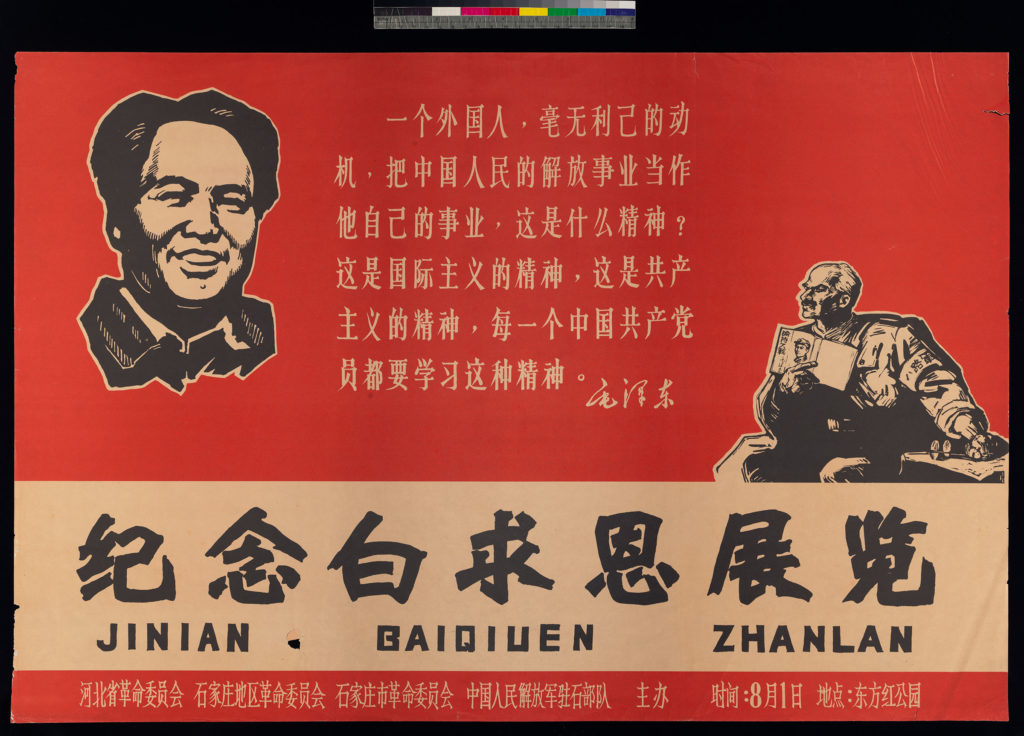
The second poster was made for a special exhibition at Dongfanghong (East Is Red) Park in Shijiazhuang City, Hebei Province to commemorate Bethune. Though there is no year of publication or of the event, the poster was likely made sometime between 1968 and 1980. (The park had different names before and after this time period. See 石家庄长安公园.) The text in-between the images of Mao Zedong and Bethune is an excerpt from Mao’s 1939 eulogy:
“A foreigner selflessly took the liberation of the Chinese people as his own mission. What should we call this spirit? This is the spirit of internationalism, and the spirit of Communism. Every member of the Chinese Communist Party should learn from this.”
The most important message that this poster conveys is perhaps the wisdom of Mao, who recognizes the role model. Bethune’s image support that as he humbly looks up to Mao, while holding in his hand On Protracted War, a series of Mao’s speeches from 1938.
Bethune remained relatively unknown in Canada until the early 1970s. Today he is listed among the “100 Canadians in the First World War” on the Library and Archives Canada website. There are multiple biographies, and fictionalized versions of his life, some made into movies and plays. An annual interdisciplinary conference, the Bethune Round Table (BRT), is held to discuss “the challenges of providing accessible, high-quality surgical care to marginalized patients in low-resource settings.”
If interested in learning more about Bethune, check out the biographies, fiction, and plays about him that the Hesburgh Libraries offer. Notre Dame users can also watch a ten-minute documentary that has footage of Bethune in China in 1938-1939.
